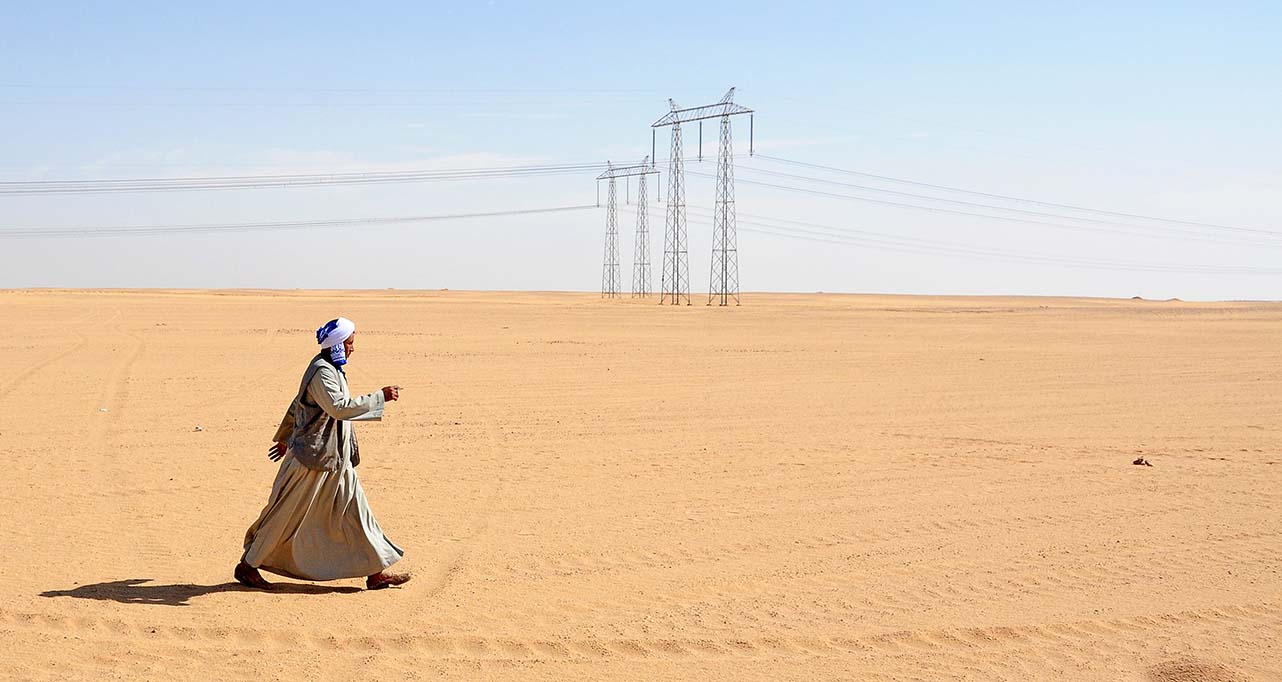The EBRD sees economic growth moderating in the Western Balkans region in 2020, on the back of a weaker global economic outlook, along with the economic slowdown of the eurozone.
Growth in the Western Balkans region was already weak in the first half of 2019 (down by 1 percentage point from 2018), with the exceptions of Kosovo and North Macedonia, according to the EBRD’s latest Regional Economic Prospects report.
Nevertheless, foreign direct investment (FDI) inflows to the region remained strong, benefiting from its favourable geographical location, skilled labour force and lower wage costs than in central Europe, the report says.
In south-eastern Europe, the report expects the pace of growth to slow from 3.3 per cent this year to 3.0 per cent in 2020, after 3.4 per cent in 2018, in line with weakening euro area growth and headwinds to global trade.
On the economic impact of Brexit-related uncertainty, the report says that direct impact of a “soft” Brexit on most of the economies in the EBRD regions is expected to be limited. Indirect effects – through weaker growth in the eurozone – are estimated to be much larger in the event of a “hard” Brexit, particularly in south-eastern Europe.
In this region, the slowing momentum in the approximation with the European Union (EU) and the latest uncertainty regarding the prospects for the EU accession could have a negative impact on investors’ sentiment and the growth outlook.
The pace of growth in the EBRD’s emerging economies is slowing on the back of a weaker global economic outlook, and pressure from slower growth in the eurozone and China, US/Chinese trade tensions and a contraction in world automobile production, according to the report.
A deceleration in EBRD economic growth this year has also reflected continued economic weakness in Turkey and a slowdown in Russia, it says.
The EBRD’s latest Regional Economic Prospects report sees average growth of 2.4 per cent in 2019 across all EBRD countries, compared with 3.4 per cent in 2018.
The report sees a recovery to 2.9 per cent in 2020, a small downward revision from the forecast of 3.0 per cent in May and still clearly below 2017’s growth rate of 3.8 per cent.
In Albania, after accelerating to 4.1 per cent in 2018, growth has slowed in 2019. Looking ahead, the economy is projected to expand by 2.8 per cent in 2019, driven mainly by private consumption, and to accelerate to 3.5 per cent in 2020.
It points to continuing downside risks linked to the combination of the economic slowdown of Italy and the rest of the eurozone, and the further delay in starting EU membership talks. Internal risks for Albania include contingent liabilities stemming from unsolicited public-private partnership programmes and the ongoing political instability.
In Bosnia and Herzegovina, the economy has decelerated in 2019. In the first half of the year, GDP growth was 2.7 per cent year-on-year, down from 3.6 per cent in 2018, primarily due to a slowdown in exports and increase in imports growth. At the same time, private consumption growth picked up to 3 per cent year-on-year, twice the growth rate in the previous two years.
The economy is expected to continue growing at 3.0 per cent in 2019 and 2020. Internal risks for Bosnia and Herzegovina include uncertainty about much-needed reforms and economic slowdown in the eurozone.
Relatively strong economic growth has continued in 2019 in Kosovo. After 3.8 per cent GDP growth in 2018, the economy expanded by 4.2 per cent in 2019. Growth was primarily driven by investment and private consumption. In 2019 and 2020, the economy is expected to grow at 4.0 per cent annually, with domestic demand continuing to be the main driver.
In Montenegro, growth rate has slowed in 2019. This is due to large investment projects approaching completion but also poor industrial performance. On the other hand, the tourism sector has continued to perform well.
With the completion of large investment projects and ongoing fiscal consolidation, growth is projected to moderate significantly, to 2.8 per cent in 2019 and 2.6 per cent in 2020. Still, private investment in tourism and energy is expected to stay high.
In North Macedonia, the economy has continued to recover after the resolution of the political crisis in 2017. After a 2.7 per cent increase in 2018, the growth rate accelerated to 3.6 per cent in the first half of 2019, driven by domestic demand; primarily the recovery of investment.
Growth is projected to pick up to 3.2 per cent in both 2019 and 2020, supported primarily by the rebound in investment. The resolution of the name issue with Greece has also helped to strengthen investor confidence.
However, current risks to the projection are more on the downside. These are mainly related to the delayed start of EU accession talks and the economic slowdown of the EU.
Growth in Serbia has subsided during the first half of 2019 as a result of stagnation in agricultural and fall in industrial production.
The economy is expected to expand by 3.2 per cent in 2019 and 3.5 per cent in 2020. Domestic demand should remain the main growth driver, while net exports will most likely keep contributing negatively.
The economic slowdown of the main trading partner, the EU, and the slow pace of reforms within the country might act as a drag on growth in the near term and make it more volatile.



